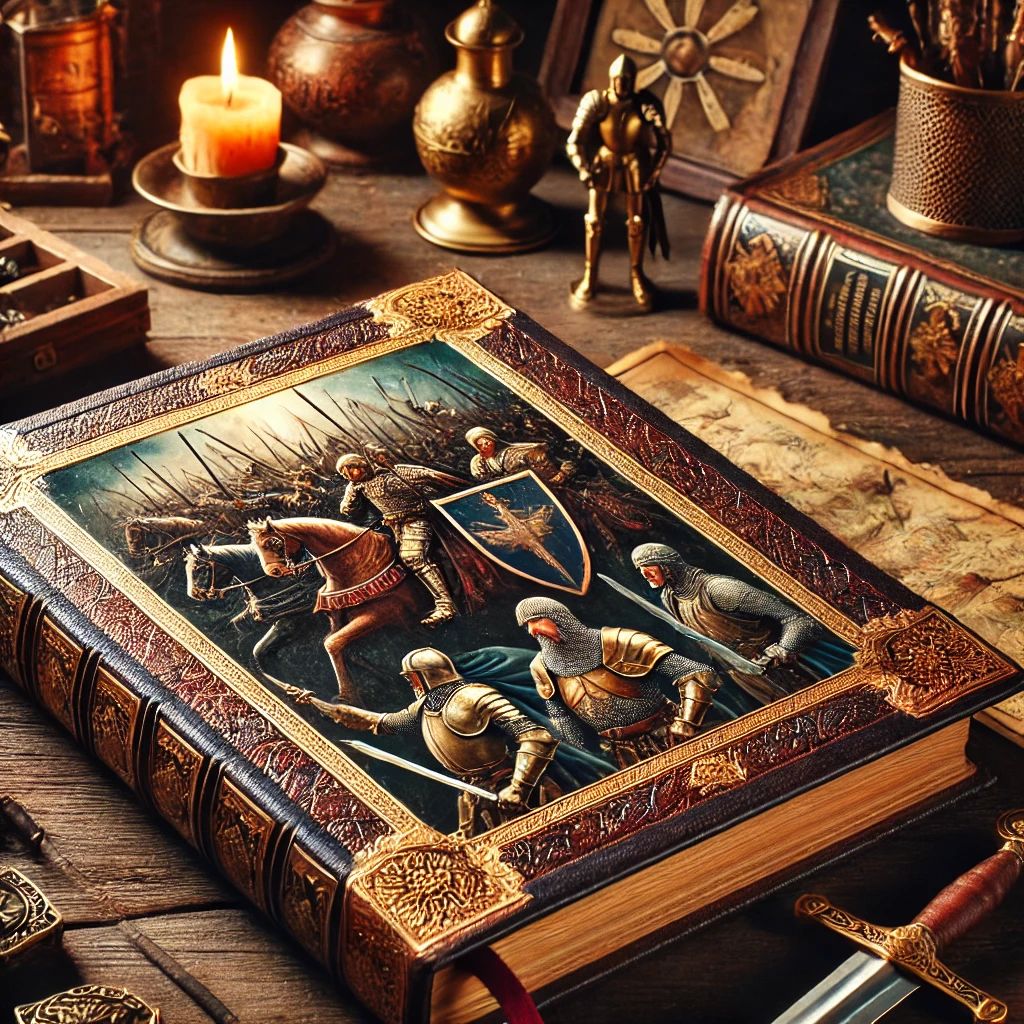Swiss Chronicles

Swiss historiography is strongly based on ancient models, in particular the works of Plutarch and Tacitus. These ancient authors shaped the method of illustrating historical events through anecdotes and interpreting them subjectively. Their influences are clearly visible in the depiction of Swiss history.
In the 15th century, Bern was an expanding great power that legitimized its territorial gains at the expense of the nobility through myths of liberation. The chronicles of Justinger, Tschachtlan and Schilling served to record Bern's official views and justify its military campaigns. These works shaped historical understanding for centuries.
In the 15th century, the Confederation experienced an increasing threat from the Habsburgs, who controlled large parts of Europe. Petermann Etterlin's chronicle, first printed in 1507, shaped the image of the Habsburgs as the arch-enemies of Swiss freedom and supported the Confederation's identity through myths such as the Rütli Oath and William Tell.
The Swiss Reformation began in 1522 with the "sausage eating" in Zurich and led to a religious schism. The reformed cities used their printing presses to spread their views. This station uses chronicles such as those by Johannes Stumpf and Aegidius Tschudi to shed light on how historical interpretations varied depending on religious affiliation and how history was politically instrumentalized.
The Reformation brought a new form of argumentation, which also influenced historiography. Historians such as Michael Stettler and Johann Jakob Bodmer began to question sources critically and present facts objectively. Stettler's Chronicle of Bern (1626) and Bodmer's works bear witness to this development and point the way to modern historical research.
The portrayal of Huldrych Zwingli, a key reformer, varies greatly between historical sources and modern interpretations. Historically known as a radical reformer, Zwingli is portrayed as an accessible hero in Stefan Haupt's 2019 film. This station explores how contemporary factors and popular culture influence our view of history.